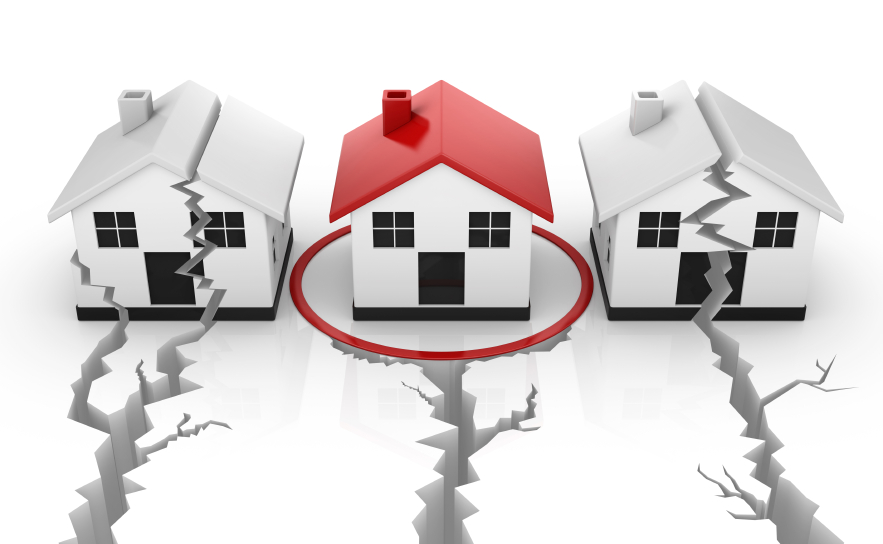General
Do We Need An Earthquake Insurance Policy?

If we are living on top a tectonic fault, there is more than a small probability that at least a medium-intensity earthquake will happen in the next thirty year. In fact, there could be a near 90 percent chance that these regions will be affected by at least 6.5 magnitude quake in the next three decades and probably bigger. We will be more than feel a big jolt and it is quite likely that we will experience some amount of damages or even casualties. There is a varying degree of earthquake shaking and fault movements that can affect us. The actual tremors are not the only cause of damages. Soil liquefaction and landslide could happen during an earthquake, especially when rain has occurred recently and the soil is inundated by water. Landslide could take place on slopes with larger angles. Also many businesses and homes are built on sand-based soils and they could experience a phenomenon called as liquefaction. In this case, the soil would become more like jello and the earthquake’s movement will be amplified the longer it occurs. In this case, the house will experience longer shakes that it supposes to.
Due to the liquefaction phenomenon, it is important to make sure that our house is built on more solid type of soil. If our house is located in sand-based soil, it would be a good idea to immediately look for home insurance that covers many risks, such as flood, landslide, fire, earthquake and others. In reality, some insurance providers don’t really check the condition of our soil, so it is possible to get an earthquake insurance with standard premium. Fortunately, there are ways we can do to check whether our home is build on a rather shaky kind of soil. We could look for maps of soil type from the local geological agency. We should make sure that we know what kind of soil our home is located. Finding our location on the map should be easy. The agency could also provide maps with fault zones shown on them. It should be a good idea to know whether our areas are potentially landslide-prone. If we are far away from the fault lines and there are no historical records of large earthquake in our area, than we may not need an earthquake insurance at all.
One thing that we may need to consider is whether we could immediately contact the insurer when an earthquake does happen. In this case, we need to immediately assess the damages and document them. We may use our digital camera and take dozens of detailed photographs of the interior. As an example, when we enter a room, we should take pictures of all sides, so the insurer knows about the real condition of our house. This will allow faster claim process, especially if the insurer is unable to send an evaluator immediately due to the increased number of claims after an earthquake occurs.
-

 Tech11 years ago
Tech11 years agoCreating An e-Commerce Website
-

 Tech11 years ago
Tech11 years agoDesign Template Guidelines For Mobile Apps
-

 Business6 years ago
Business6 years agoWhat Is AdsSupply? A Comprehensive Review
-

 Business10 years ago
Business10 years agoThe Key Types Of Brochure Printing Services
-

 Tech8 years ago
Tech8 years agoWhen To Send Your Bulk Messages?
-

 Tech5 years ago
Tech5 years ago5 Link Building Strategies You Can Apply For Local SEO
-

 Law5 years ago
Law5 years agoHow Can A Divorce Lawyer Help You Get Through Divorce?
-

 Home Improvement6 years ago
Home Improvement6 years agoHоw tо Kеер Antѕ Out оf Yоur Kitсhеn































